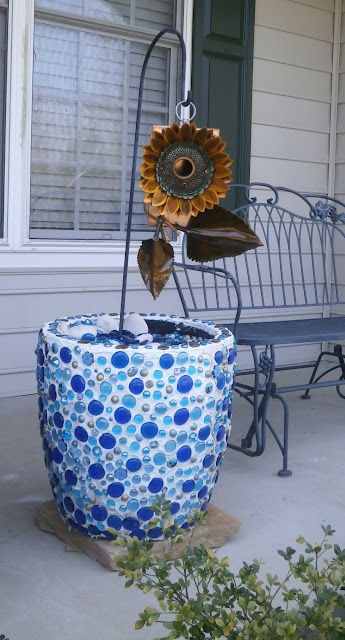Someone once told me they admired my ability to break a problem into pieces and solve it point by point with directness and efficiency. But what parades as a blessing can also disguise a bane, sending my head into a cyclonic spin of possibilities, potential outcomes, and hazy conclusions. Every perspective must be heard and analyzed to find a central truth, dissonance coursing like water over rocks, cutting grooves where answers settle. But not all dilemmas are so transparent.
Last summer when a close friend discovered she had cancer around the same time my son was deploying to Iraq, I took the medical diagnosis and military orders at face value. I was too familiar with both to debate their validity, knowing these were problems I could not solve. I simply had to deal with them.
But when true answers about an issue important to me were replaced with crapspackle and horsefeathers, leaving me only with questions, there was no peace. The steady hum of my mental machinery became a constant roar, grinding out insight and deduction like Sherlock Holmes on a sugar high. When my attempts at silencing the internal chatter that ceaselessly analyzed the absurd explanations I'd been given hadn't brought relief or resolution, I knew I needed Plan B.
a bottle of wine, and a pile of rocks.
Equipped with permanent markers and 30 pounds of black and white decorative rocks, we exorcised twelve months of frustration borne from unsolvable problems by writing out every emotion and phrase that came to mind. We were not polite or restrained but let loose every brutally honest adjective, noun, or verb. When the English language hadn't provided the words we needed, we made them up. Yelling each word as we threw the rocks in a bucket, they landed with a satisfying smack, visceral reminders of what needed to go. It didn't cure the cancer or bring my son home, but it brought the ache from the silence, pride, and apathy we'd both encountered to a raucous halt.
To keep the mood light, we told every stupid joke and sassy story we knew and laughed til tears ran in rivulets down our cheeks and sent us running for the bathroom. We butchered the lyrics to every Adele song, blasted our favorite tunes, and wrote til we ran out of rocks.
"But when the pain cuts you deep
and the night keeps you from sleeping
Just look and you will see
a pile of rocks will be your remedy.
Adele 'Remedy - Revised'
But for every negative emotion that poured forth, came the rocks that reminded us of how wonderful our lives truly are. Tossed in the riverbed, the white rocks bounced into empty gaps, colorful reminders of all that is good.
We poured the black rocks into the bottom of an empty container on my patio and filled it with potting soil, covering the surface with seeds. With every seed scattered I could feel my deeply analytical brain sink into silence, a quiet sigh the sweet release of letting go.
Sometimes the only path to peace is realizing the issue you've been analyzing is really just bullshit and like all manure is best buried so it can create something beautiful. Carrying it around doesn't accomplish anything and no matter how many different perspectives you employ, it's still just a pile of crap.
Sometimes the only path to peace is realizing the issue you've been analyzing is really just bullshit and like all manure is best buried so it can create something beautiful. Carrying it around doesn't accomplish anything and no matter how many different perspectives you employ, it's still just a pile of crap.
Seeds sown this winter sprouted as soon as the soil began to warm. Easy to grow linaria prefers cool weather and will be replaced with summer annuals once they've finished blooming. They'll be in flower by the end of the month.




















